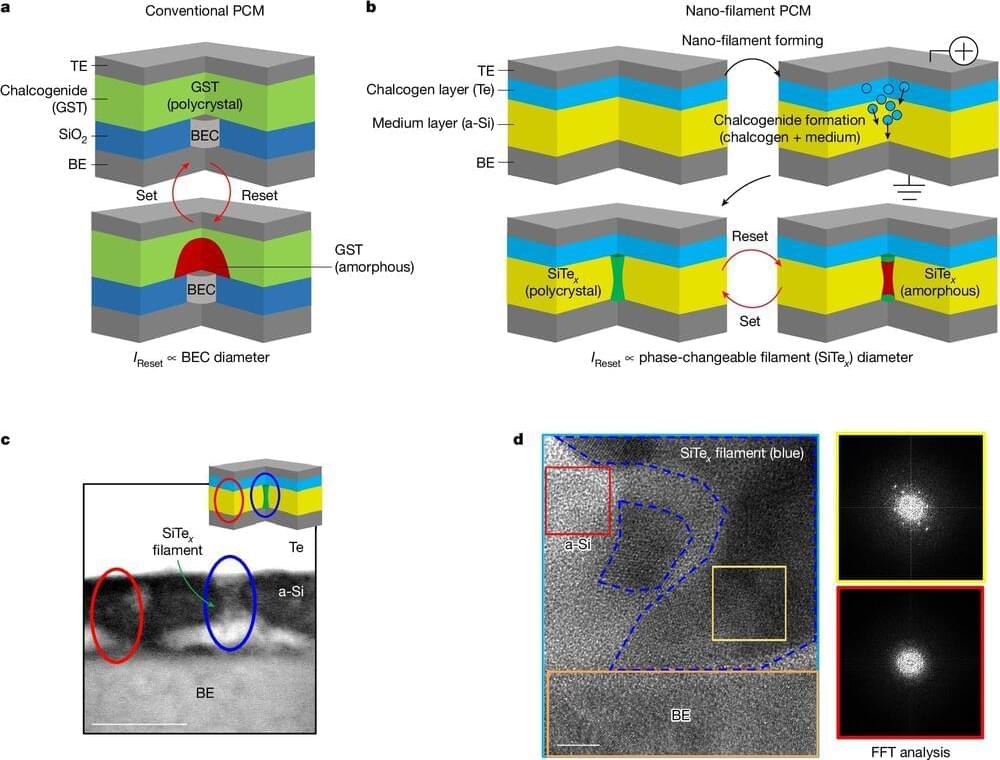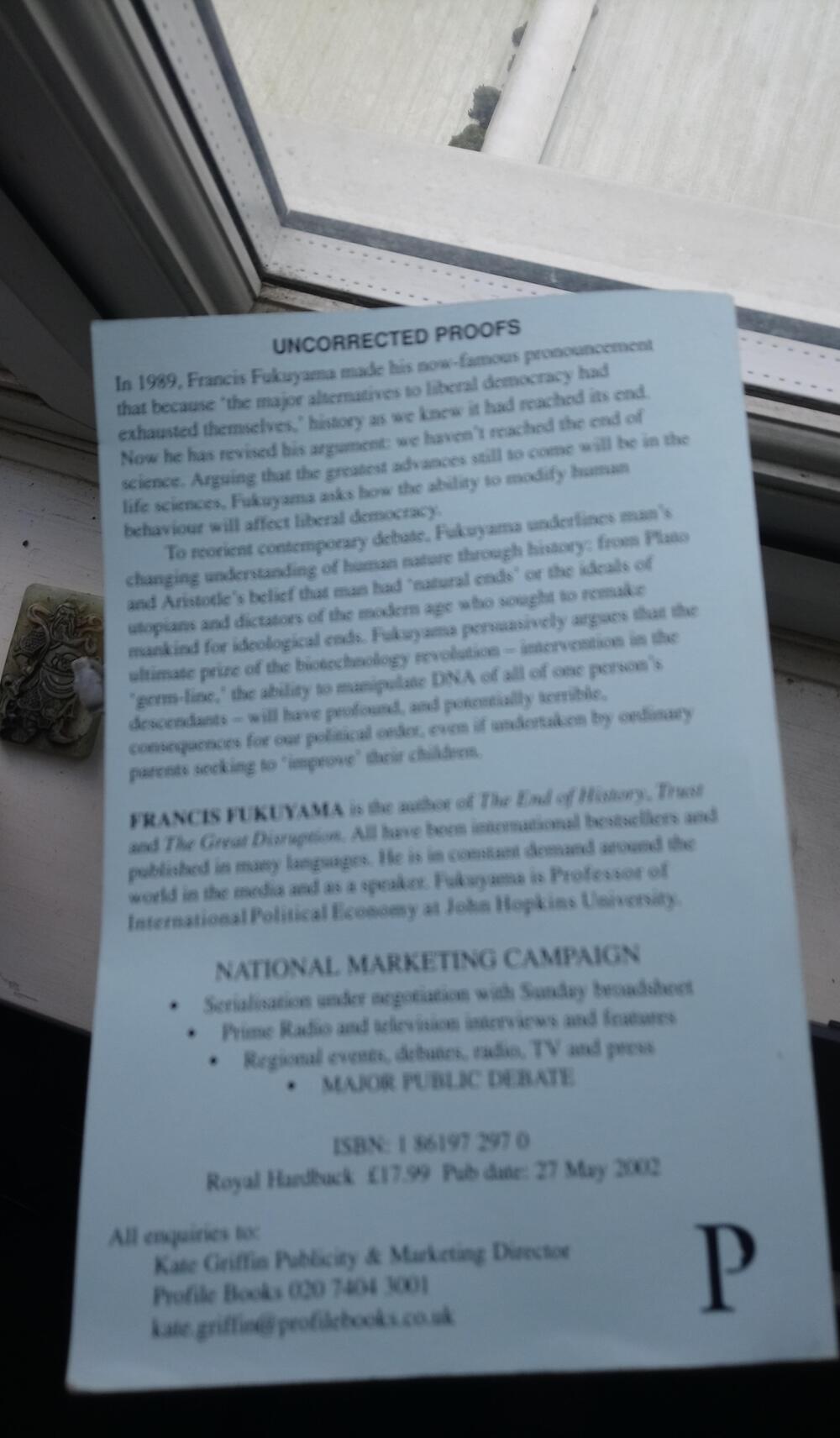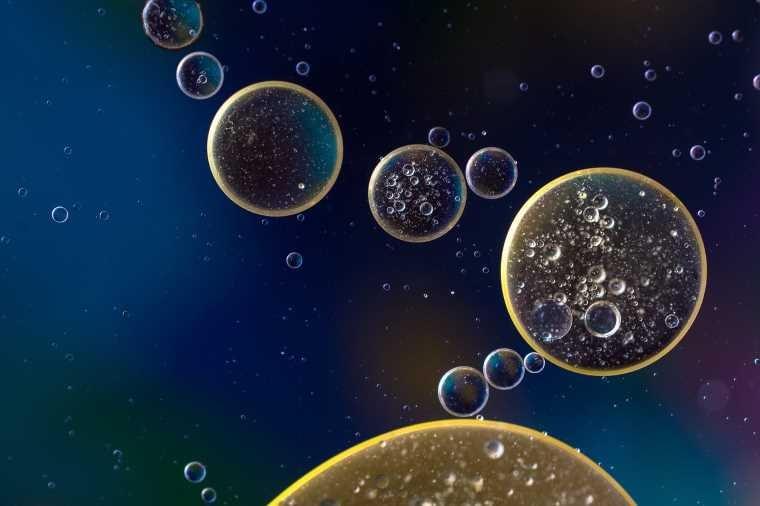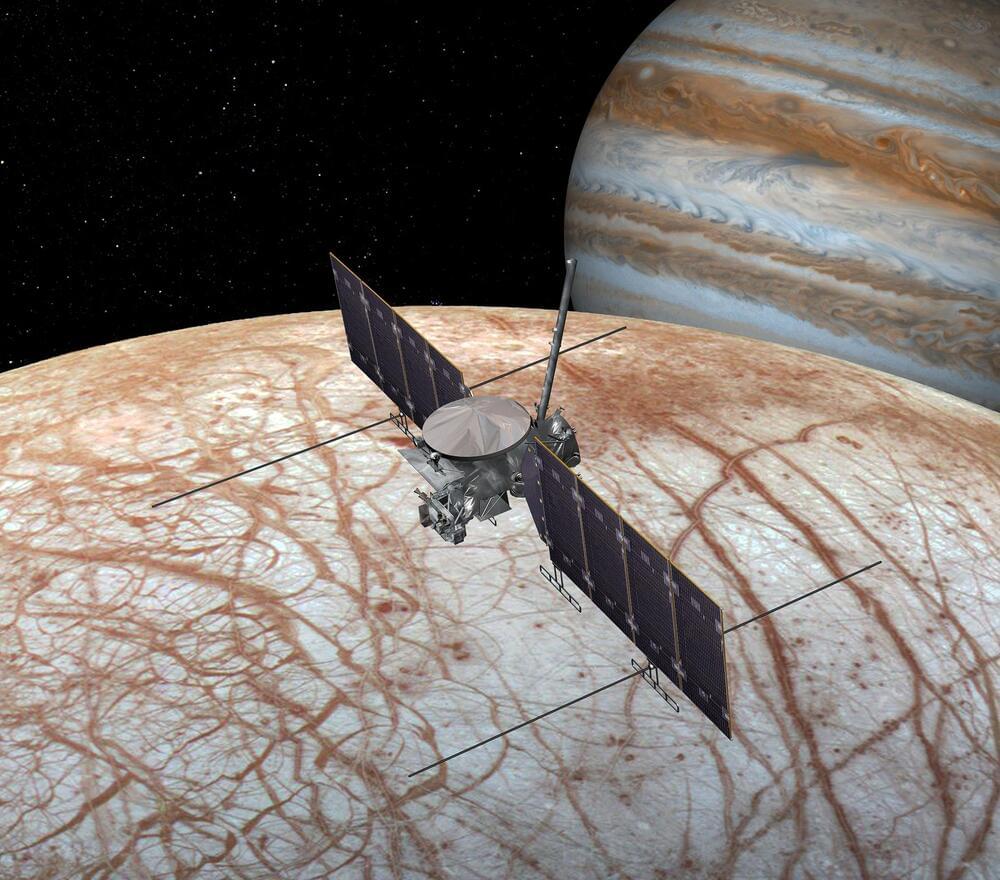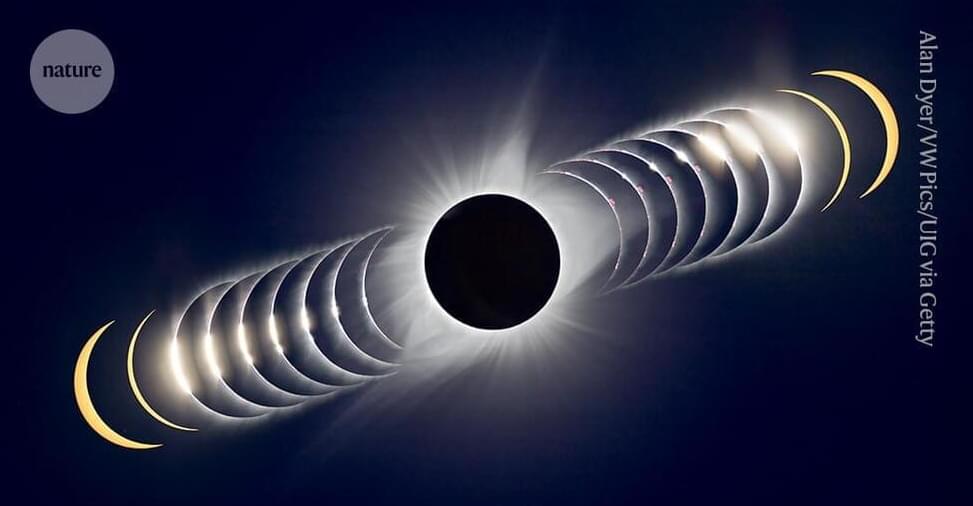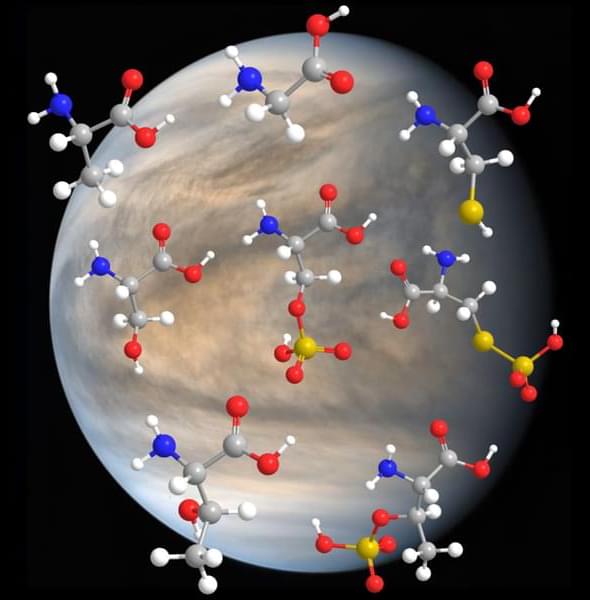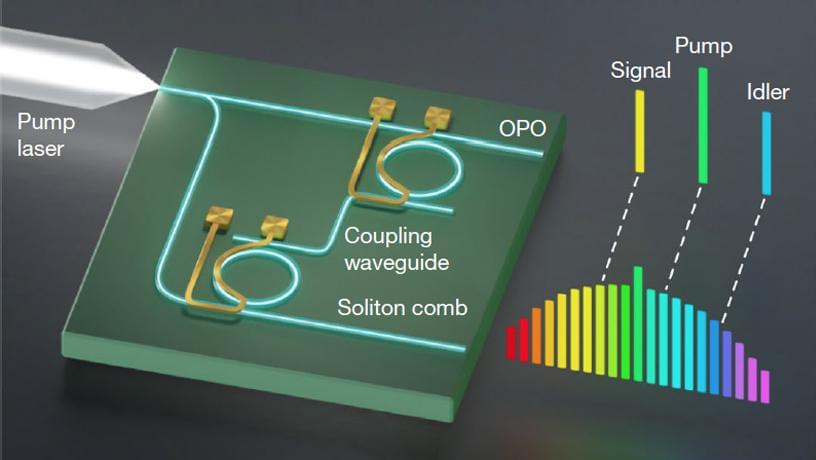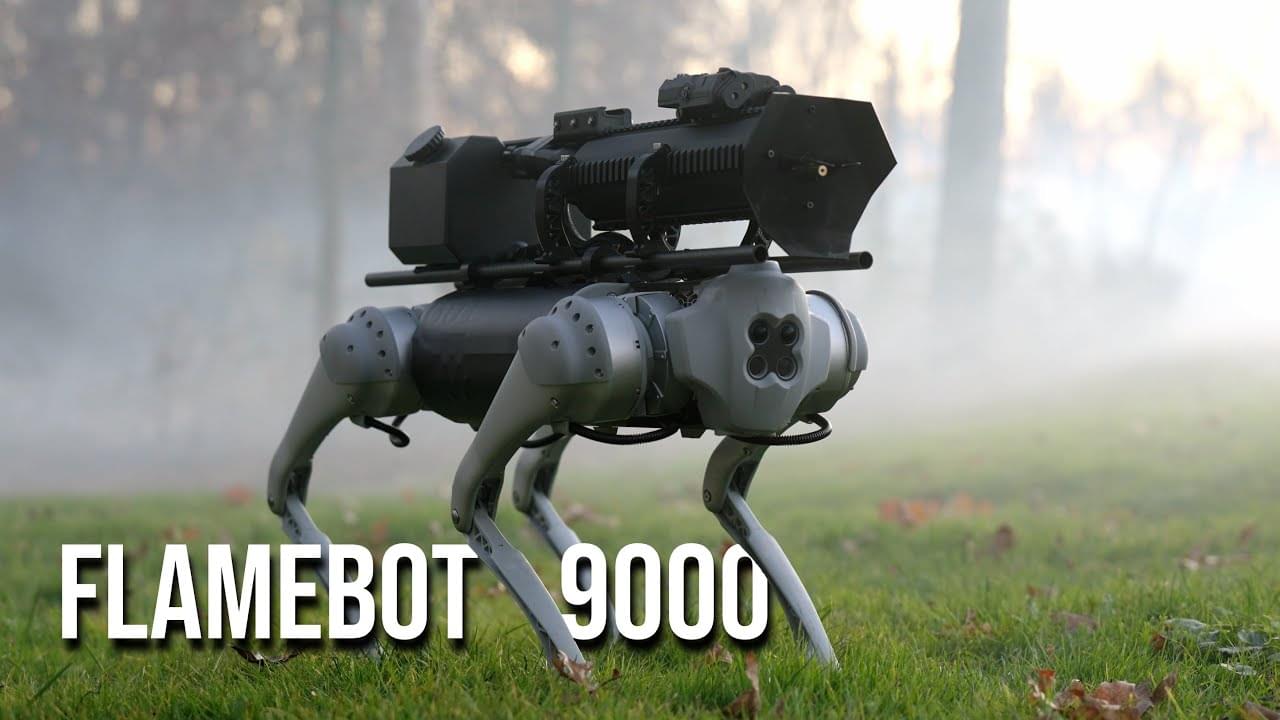A team of Korean researchers has developed a new memory device that can be used to replace existing memory or be used in implementing neuromorphic computing for next-generation artificial intelligence hardware for its low processing costs and its ultra-low–power consumption.
Not as big a success as his The End of History (1989), nevertheless along with Marlyn Manson this book by Fukuyama helped propel the posthuman movement (1988) more into the mainstream discussion.
Review of Francis Fukuyama’s 2002 bestseller.
Not as big a success as his The End of History (1989), nevertheless along with Marilyn Manson this book by Fukuyama helped propel the posthuman movement (1988) more into the mainstream discussion. Nothing much dates as quickly as futurism, and looking at this volume today it is thin on the ground on A1, and a little bit preoccupied with ‘designer children’ pros and cons which maybe was a hot topic 22 years ago, but doesn’t get much current press. My pre-release copy (see photos) is titled “The Posthuman Future”, but overwise doesn’t much differ from first and subsequent editions. Other academics followed Fukuyama onto the bandwagon after this publication, all of them quite far from the 1988 posthumans and the transhuman/ radical futurist movement more generally. Anxieties about the future take over from optimism and inventiveness in this book, in which Fukuyama extensively references early eugenics and various dystopian future scenarios.
Harvard researchers say they have developed a programmable metafluid they are calling an ‘intelligent liquid’ that contains tunable springiness, adjustable optical properties, variable viscosity, and even the seemingly magical ability to shift between a Newtonian and non-Newtonian fluid.
The team’s exact formula is still a secret as they explore potential commercial applications. However, the researchers believe their intelligent liquid could be used in anything from programmable robots to intelligent shock absorbers or even optical devices that can shift between transparent and opaque states.
“We are just scratching the surface of what is possible with this new class of fluid,” said Adel Djellouli, a Research Associate in Materials Science and Mechanical Engineering at Harvard’s John A. Paulson School of Engineering and Applied Sciences (SEAS) and the first author of the paper. “With this one platform, you could do so many different things in so many different fields.”
A gantlet of tests prepared the spacecraft for its challenging trip to the Jupiter system, where it will explore the icy moon Europa and its subsurface ocean.
In less than six months, NASA is set to launch Europa Clipper on a 1.6-billion-mile (2.6-billion-kilometer) voyage to Jupiter’s ocean moon Europa. From the wild vibrations of the rocket ride to the intense heat and cold of space to the punishing radiation of Jupiter, it will be a journey of extremes. The spacecraft was recently put through a series of hard-core tests at the agency’s Jet Propulsion Laboratory in Southern California to ensure it’s up to the challenge.
Called environmental testing, the battery of trials simulates the environment that the spacecraft will face, subjecting it to shaking, chilling, airlessness, electromagnetic fields, and more.
But now, in a wild physics twist, MIT researchers have figured out that neutrons can actually stick to way bigger structures called quantum dots. Quantum dots are like teeny-tiny crystals made up of tens of thousands of atoms. The fact that a single neutron can cling to one is blowing scientists’ minds.
Their findings, published this week in ACS Nano by a team led by professors Ju Li and Paola Cappellaro, could lead to the development of new tools for studying the fundamental properties of materials, including those influenced by the strong nuclear force. This research also holds promise for the creation of entirely new types of quantum information processing devices.
The Sun’s mysterious outer atmosphere, the corona, will become easier to view from Earth on 8 April.
Total solar eclipse 2024: how it will help scientists to study the Sun.
If there is life in the solar system beyond Earth, it might be found in the clouds of Venus. In contrast to the planet’s blisteringly inhospitable surface, Venus’ cloud layer, which extends from 30 to 40 miles above the surface, hosts milder temperatures that could support some extreme forms of life.
If it’s out there, scientists have assumed that any Venusian cloud inhabitant would look very different from life forms on Earth. That’s because the clouds themselves are made from highly toxic droplets of sulfuric acid—an intensely corrosive chemical that is known to dissolve metals and destroy most biological molecules on Earth.
But a new study by MIT researchers may challenge that assumption. Published today in the journal Astrobiology, the study reports that, in fact, some key building blocks of life can persist in solutions of concentrated sulfuric acid.
A new study has shown that food-seeking cells exist in a part of a mouse’s brain usually associated with panic — but not with feeding. Activating a selective cluster of these cells kicked mice into ‘hot pursuit’ of live and non-prey food, and showed a craving for fatty foods intense enough that the mice endured foot shocks to get them, something full mice normally would not do. If true in humans, who also carry these cells, the findings could help address the circuit that can circumvent the normal hunger pressures of ‘how, what and when to eat.’
People who find themselves rummaging around in the refrigerator for a snack not long after they’ve eaten a filling meal might have overactive food-seeking neurons, not an overactive appetite.
UCLA psychologists have discovered a circuit in the brain of mice that makes them crave food and seek it out, even when they are not hungry. When stimulated, this cluster of cells propels mice to forage vigorously and to prefer fatty and pleasurable foods like chocolate over healthier foods like carrots.
In a new Nature study, Columbia Engineering researchers have built a photonic chip that is able to produce high-quality, ultra-low-noise microwave signals using only a single laser. The compact device—a chip so small, it could fit on a sharp pencil point—results in the lowest microwave noise ever observed in an integrated photonics platform.
The achievement provides a promising pathway towards small-footprint ultra-low-noise microwave generation for applications such as high-speed communication, atomic clocks, and autonomous vehicles.
The challenge Electronic devices for global navigation, wireless communications, radar, and precision timing need stable microwave sources to serve as clocks and information carriers. A key aspect to increasing the performance of these devices is reducing the noise, or random fluctuations in phase, that is present on the microwave.
Learn More https://tinyurl.com/ThermonatorThermonator is the first-ever flamethrower-wielding robot dog. This quadruped is coupled with the ARC Flamethrower…
